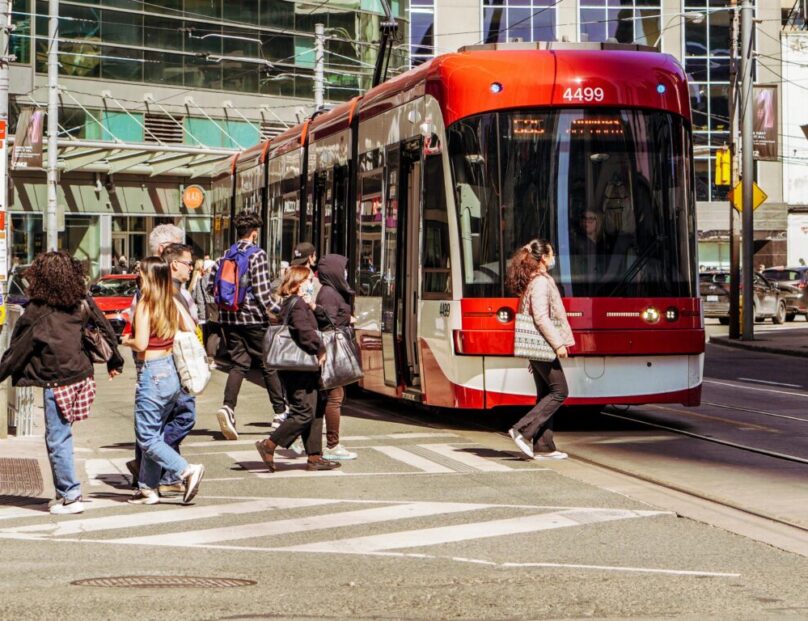Canada’s commitment to environmental sustainability varies widely across provinces. By examining behaviours such as composting, public transit use, energy conservation, and eco-conscious consumer habits, we can identify regional strengths and gaps in environmental engagement. This analysis explores psychographics, travel choices, and shopping patterns to offer a comprehensive snapshot of how Canadians are participating in Canada’s green initiatives.
Composting
Composting remains a core practice in environmental stewardship. Nationally, 52% of Canadians report frequent composting, while 33% never do.
Top Provinces for Frequent Composting
- Nova Scotia – 67%
- Prince Edward Island – 67%
- British Columbia – 60%
High Rates of Non-Participation
- Newfoundland and Labrador – 55%
- Saskatchewan – 46%
- Manitoba – 48%
These patterns may reflect differences in local waste management infrastructure and provincial policy enforcement. For example, Halifax was one of the first Canadian cities to implement mandatory green bin collection in 1998.

Packaging Concerns in Purchasing Decisions
When it comes to environmentally responsible purchasing, just 15% of Canadians frequently consider packaging impact, while 34% never do. This suggests low engagements with sustainable packaging, possibly due to a lack of visible alternatives.
Most Environmentally Conscious
- British Columbia – 17%
- Quebec – 16.5%
- Ontario – 16%
Least Likely to Consider Packaging
- Manitoba – 43%
- Saskatchewan – 42%
- New Brunswick – 35%
Ontario and Quebec’s greater concern may be attributed to heightened public awareness or more stringent regulations around packaging and waste. Cities like Montreal have a robust recycling program and have banned many types of single-use plastics.
Driving Less to Reduce Emissions
Reducing vehicle use is a direct way to lower carbon footprints. Nationally, 22.7% of Canadians frequently reduce driving, while 31% never do.
Frequent Reducers
- British Columbia – 26%
- Ontario – 24%
- Quebec – 23%
Rarely Reduce Driving
- Saskatchewan – 44%
- New Brunswick – 38%
- Nova Scotia – 38%
Urban density, public transportation availability, and walkability play a major role. Provinces with sprawling geographies and limited transit options see higher resistance to reducing car use. Major cities like Vancouver, Toronto and Montreal have stronger transit networks and better cycling infrastructure compared to other Canadian cities. Other provinces are more spread out, which means that they are more car dependent. For example in Regina or Moose Jaw, commuting without a car is difficult, which makes owning a car essential.
Energy Conservation
Reducing energy use (especially from heating and air conditioning) is both cost-saving and eco-conscious. Nationally, 32% frequently conserve energy, while 23% never do.
Top Energy Savers
- Prince Edward Island – 48%
- Quebec – 35%
- Ontario – 34%
Least Likely to Conserve
- Saskatchewan – 32%
- Newfoundland and Labrador – 30%
- New Brunswick – 28%
Provinces with higher energy costs or robust energy efficiency programs may have more incentive to conserve. Lower engagement might indicate a lack of public awareness, outdated housing structure or minimal perceived savings.
Public Transit Use
Transit use helps reduce traffic congestion and carbon emissions. Despite its importance, 56% of Canadians never use public transit.
Frequent Transit Users
- British Columbia: 17.5%
- Quebec: 17%
- Ontario: 15%
Low Transit Usage
- Prince Edward Island: 78%
- Saskatchewan: 71%
- New Brunswick: 69%
High usage correlates with urban centers where robust transit systems exist. Conversely, rural or underfunded areas lack reliable options, making car use a necessity.

Green Cleaning Products
Choosing environmentally friendly cleaning products reflects broader lifestyle values. Across Canada, 30% frequently use green products, while 20.4% never do.
Top Provinces
- British Columbia – 34%
- Quebec – 33%
- Ontario – 29%
Lowest Usage Rates
- Saskatchewan – 25%
- Newfoundland and Labrador – 23%
- Nova Scotia – 22%
Greater Usage in larger provinces may stem from more accessible eco-products and higher consumer demand. Regions with lower usage may need retailer support or education on alternatives. In addition to this, green brands like Method or Seventh Generation often cost more than no-name bleach or all-purpose cleaner. For many families, cost outweighs sustainability.
Psychographics: Willingness to Pay More for Green Products
Consumers who are willing to pay more for sustainable products often reflect deeper environmental values. Yet only 7% of Canadians strongly agree with this sentiment.
Most Willing to Pay More
- Quebec – 9%
- British Columbia – 8%
- Ontario – 7%
Economic confidence, product availability, and environmental values all influence willingness to pay more. In regions with lower agreement, affordability or skepticism about “greenwashing” could be barriers.
Second-Hand Shopping
Buying second-hand is a practical way to cut down on textile waste. Nationally, 12% of Canadians frequently shop second-hand.
Frequent Thrifters
- Ontario: 21%
- British Columbia: 17%
- Nova Scotia: 16%
Conclusion: Canada’s Green Divide
This analysis reveals a striking divide in environmental behaviours across provinces. British Columbia, Quebec, and Ontario consistently emerge as leaders in eco-friendly actions, benefiting from a combination of strong infrastructure, progressive policies, and public engagement. Meanwhile, Saskatchewan, Newfoundland and Labrador, and Alberta often trail behind, suggesting untapped potential for growth if barriers like accessibility, affordability, or awareness are addressed.
As Canada advances its sustainability goals, understanding the behavioural landscape at the provincial level becomes essential. Our data can support policymakers, businesses, and advocates in identifying gaps, designing targeted interventions, and tracking progress in real time. A greener Canada starts with smarter insights—and we’re here to help map the way forward.
Check out our other blogs here!
